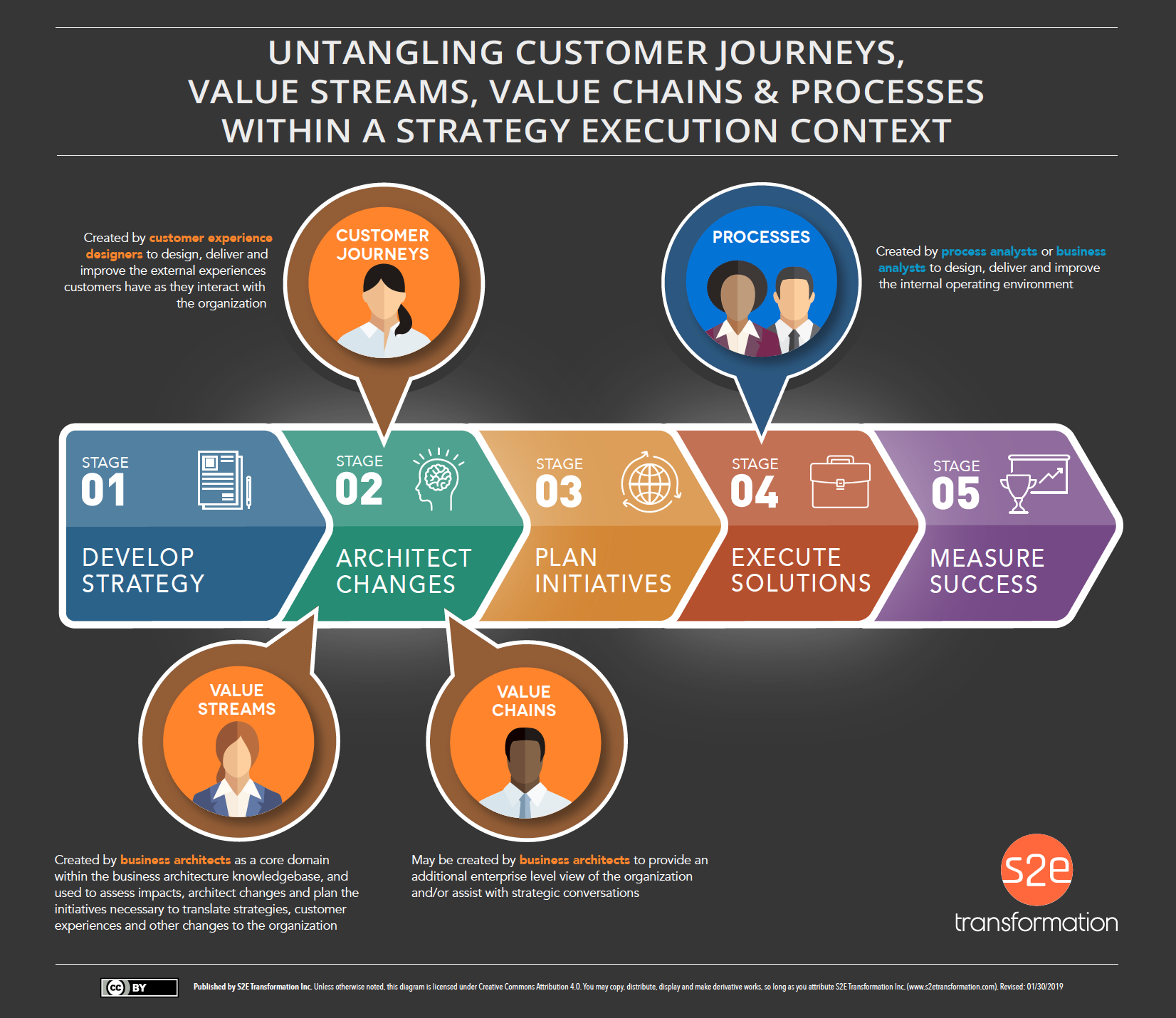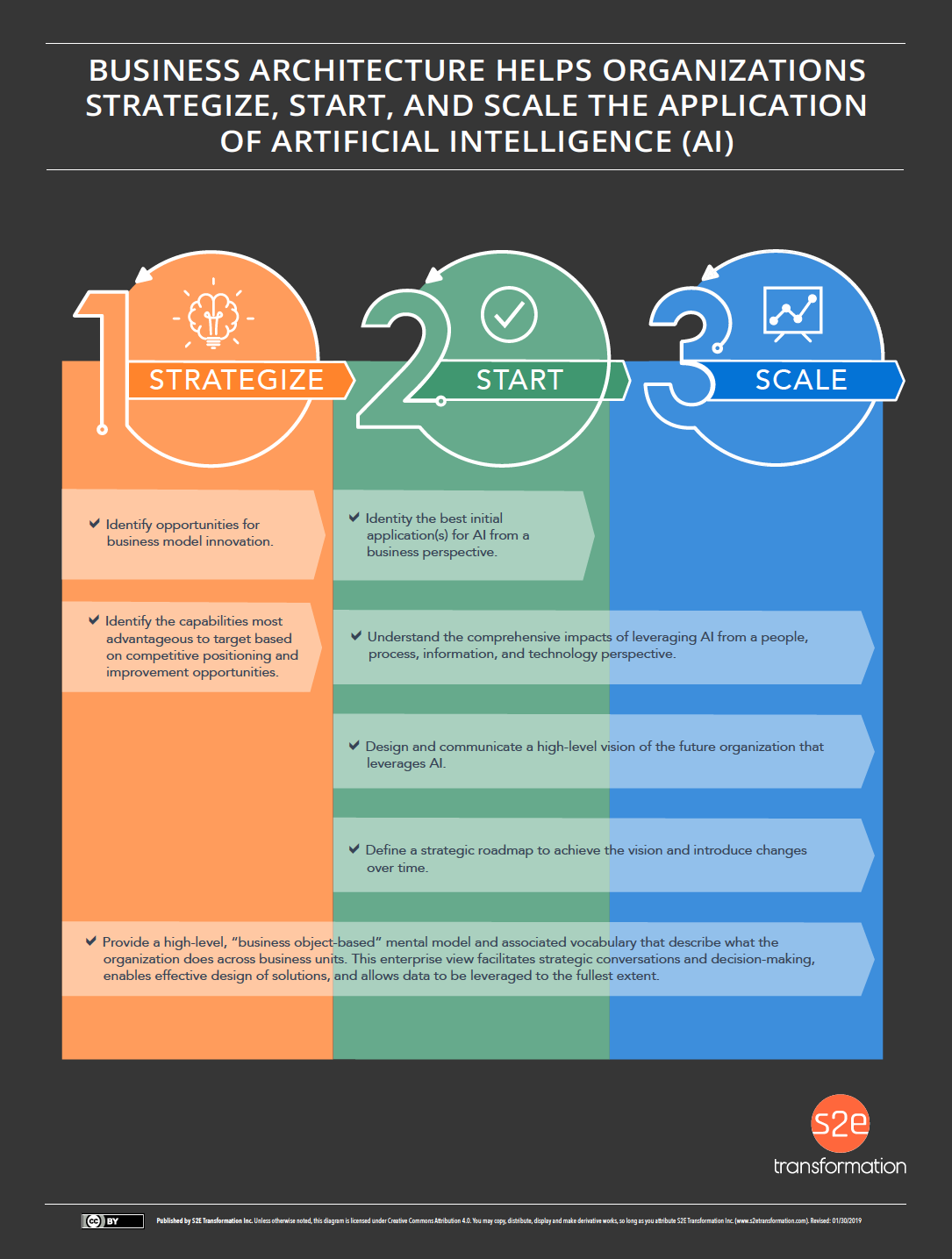 In this installment of StraightTalk, we will explore another BFF of business architecture: business process. There is a great passion for both of these disciplines and how they work together. If we were using the Scoville Heat Index (a.k.a. chili pepper scale), this topic would be hot, hot, hot (say a Red Savina Habanero). These two critical disciplines can—and should—work together in many ways as they are essential to helping organizations react to change and operate effectively. We will cover some of the key concepts here.
In this installment of StraightTalk, we will explore another BFF of business architecture: business process. There is a great passion for both of these disciplines and how they work together. If we were using the Scoville Heat Index (a.k.a. chili pepper scale), this topic would be hot, hot, hot (say a Red Savina Habanero). These two critical disciplines can—and should—work together in many ways as they are essential to helping organizations react to change and operate effectively. We will cover some of the key concepts here.
How do business architecture and business process relate?
Business architecture and business process are two discrete but mutually beneficial disciplines. When combined, the two produce a more efficient and successful organization.
Business architecture and business process differ in form, function, and intent. Business architecture enables an organization to realize its business model, while the business process allows an organization to achieve its operating model.1 (NOTE: The term operating model has many usages. In this particular case, we refer to the BIZBOK® Guide meaning of the detailed aspects of people, process, and technology.)
What are the benefits of relating business architecture and business process?
Here are just a few of the benefits:
- Assess change impacts – Identify the bidirectional impact of making a change. For example, if a capability or value stream changes, which processes are affected? Or, if a process changes, which capabilities and value streams are impacted? And what other business aspects are changed as a result (e.g. objectives, initiatives, business units, products or policies)?
- Target areas for improvement – In particular, when processes are cross-mapped to value streams, it can illuminate process redundancies, inconsistencies, and gaps—or new opportunities to collaborate and share best practices. On the other hand, processes can reveal where improvement opportunities exist within a capability or value stream context as well.
- Establish process priorities – While continual process improvement is a great practice, organizations have a finite set of resources. Business architecture can help to focus process efforts on those which are the highest priority. For example, if value streams and capabilities are tied to key strategies (refer to Connecting Strategy to Execution diagram for traceability), then any related processes are also likely to be a higher priority for any improvement efforts. Or, processes that are tied to a capability, which has been assessed as ineffective (see Post No. 28 on business architecture assessments), may also be a higher priority to focus on.
- Identify new business architecture opportunities – On the flipside of the benefit above, process teams can also identify problems and opportunities where business architecture focus is needed, especially those areas that require a big picture, cross-business unit approach.
How exactly do business architecture and business process relate then?
The key relationship is made between processes and capabilities (since capabilities are the hub of an organization’s business architecture that connects to everything else). We call this “cross-mapping.” It is a many-to-many relationship, meaning that a capability may be used in multiple processes, and a process may use multiple capabilities. (BTW, per the Business Architecture Guild® Business Architecture Core Metamodel standard submission, you could cross-map a capability instance to a process activity—if you needed that level of detail.)
In addition, you may also cross-map value streams (even down to the stage level) to processes. Again there is a many-to-many relationship between value stream stages and processes.
Who says?
The information described here is based on the hard work of many smart people from the business architecture and business process communities, which have come together through the Business Architecture Guild® collaboration process. These insights are reflected in both a milestone white paper, published in 2014 (called “Business Architecture and BPM: Differentiation and Reconciliation,” see below in More Good Stuff), as well as in the BIZBOK® Guide.
The collaboration continues and will produce new insights as the practice advances.
What about value chains?
A value chain, originally developed by Michael Porter, is an additional enterprise-level view of an organization which depicts the major segments necessary to deliver customer value and support operations2. It is not an architectural perspective and does not in any way replace business architecture value streams. However, it can be useful in strategic conversations, such as when making decisions about vertical integration (a.k.a. when an organization performs multiple steps in the value chain to increase strength in the marketplace).
Some organizations also use value chains as an organizing construct for processes.
What about customer experience journeys?
Customer journeys are a description of an experience from a customer’s perspective, including the interactions they have with an organization. Journeys are used to understand customer needs and then design (or redesign) the customer experience.
Business architecture translates the customer experience into a coordinated set of actions to actually make it real.
How do all of these things fit together?
Customer experience (CX) designers create customer journeys, business architects create value streams (and value chains, if useful) and process analysts (or a similar role) and/or business analysts create business processes. This is the ideal allocation of responsibilities across teams. By observing these discrete roles and functions:
- Each role is leveraged for its unique strengths — For example, customer experience designers tend to be creatives who are more design-oriented, business architects tend to think structurally and the big picture, process/business analysts tend to think more detailed for a narrower scope
- Separation enables focus with the right attention to detail at the right points in the strategy execution life cycle
- Maximum efficiency is leveraged through separate industry disciplines (i.e. CX design, business architecture and business process management)
Check out the handy diagram below for a summary of where each of the four business views applies within an enterprise strategy execution context.

Where do we start then?
As with any related team or discipline, we build integration with each other over time. Start by having a conversation with the business process team(s) to share how you think business architecture can provide value, and discuss how you will interact and collaborate. Start cross-mapping processes to capabilities (and value streams) for a useful subset to learn and create value. Find ways to collaborate on initiatives. Expand and mature the cross-mapping and the ways in which you work together over time. (More on how to integrate business architecture with other teams in Post No. 5.)
When business architecture and business process join forces, they are an unstoppable team to help an organization operate and implement change more effectively from the high level to the details, and from end-to-end. Everybody wins.
More Good Stuff…
Business Architecture and BPM: Differentiation and Reconciliation (Business Architecture Guild®): A milestone white paper from the BA Guild on the relationship of business architecture and business process.
Aligning BPM and Business Architecture Perspectives at the Process Model Level: Or How To Upset Just About Everyone (Lloyd Dugan at 2015 BA Guild Summit in Berlin): A presentation which expanded upon the white paper referenced above.
Business Architecture and Business Process Modeling and Management (BIZBOK® Guide): Check out Section 3.4 in the BIZBOK®Guide (Business Architecture Guild® membership required) for the official word on the topic.
Business Process Management: Profiting From Process (Roger Burlton): A book by a true process guru.
Can We Get Rid of Process Modeling? (Dr. Raj Ramesh on YouTube): An interesting perspective on process modeling and new demands for flexibility.
Tribal Leadership (TED Talk): A thought-provoking TED Talk by David Logan on the tribes we form and how they progress through different stages. Will your tribes change the world?
¹ Business Architecture and BPM: Differentiation and Reconciliation, Business Architecture Guild, 2014.
² Michael Porter, Competitive Advantage: Creating and Sustaining Superior Performance, New York, The Free Press, 1985.


